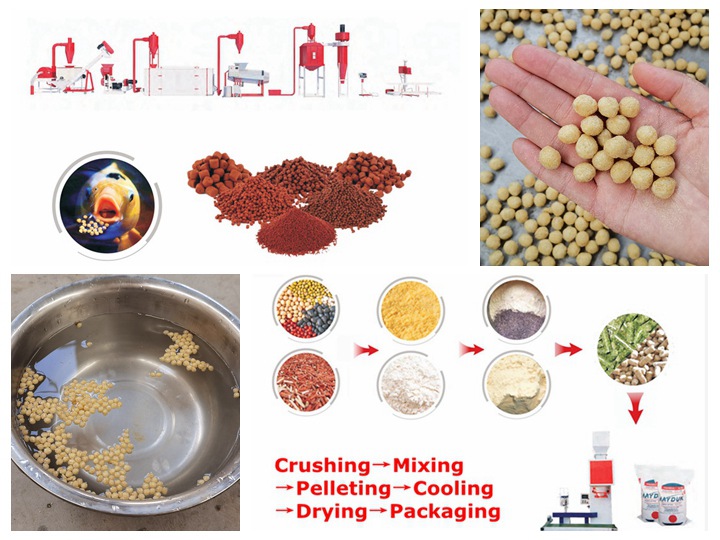.jpg)
2020/07/01 · An additional method is to apply the empty feeding technique. It is important to make sure feeders are empty at the middle of the day (for 1.0-1.5 hours), in order to increase feed consumed at the end of the day. The morning feed is around 40% of the daily feed intake.
.jpg)
2022/03/23 · 1. How much feed does a layer chicken eat per day? A layer chicken needs to eat or consume 110 grams or 0.110 kg of feed. 2. How much feed per layer chicken in her lifetime? A layer chicken can last up to 2 years and would have consumed nearly 69kg of feed from day old until 2 years old of age. 3.
.jpg)
2018/09/29 · You should have one box for every 4 hens. Boxes should be 18 inches off of the ground. Make sure that the boxes are not harboring parasites that can bite at hens while they are laying. Use poultry dust in the bottom of the boxes. You may have a hen that doesn’t want to leave the nesting box.
.jpg)
2021/04/21 · A poultry farmer from Maharashtra's Pune district has approached the police claiming that hens at his farm have stopped laying eggs after consuming the feed
.jpg)
Influence of lycopene and astaxanthin in feed on metabolic parameters of laying hens, yolk color of eggs and their content of carotenoids and vitamin A when stored under refrigerated conditions Affiliations 1 Department of Veterinary Hygiene, National University of Life and Environmental Sciences of Ukraine, Heroiv Oborony St, 15, Kiev, Ukraine.
.jpg)
We have 2,50,000 laying parent birds and the hatching capacity of 36 million eggs per annum. The average chicken placement per annum is 32.4 million. Baramati Agro has played a pivotal role in changing the lives and livelihood of the farmers in Maharashtra. Today we have over 1500 farmer members and 3000 contract broiler farms. Know More.
.jpg)
2017/07/21 · More than 220 million egg laying hens are used to produce trillions of eggs. Those are a lot of hens. Unfortunately, most chickens in India are raised in industrial farms, and most

2022/02/11 · Kaytee Chicken Supplements. Check Price on Amazon. The chicken feed is a supplement with layers of nutrients. It contains supplements like calcium for healthy bones. 18% protein. Probiotics for digestive health. Easy to eat crumbles for
.jpg)
2019/04/16 · The AI outbreaks in 2006 resulted in a slower increase of the laying hen inventory but had only a small impact on egg production. Between 2012 and 2016, the laying hen
.jpg)
The systems which remain in use are: enriched cages where laying hens have at least 750 cm² of cage area per hen. alternative systems where the stocking density does not exceed 9 laying hens per m² usable area, with at least one nest for every 7 hens and adequate perches. Whichever system is used, all hens must have a nest, perching space
.jpg)
GOVERNMENT OF INDIA LAW COMMISSION OF INDIA Report No.269 Transportation and House-keeping of Egg-laying hens (layers) and Broiler Chickens. July, 2017ii lR;eso t;rs D.O. No.6(3)310/2017-LC(LS) 3 July
.jpg)
2022/06/06 · Egg-Layer. 22 weeks+. 16 to 18% protein; include calcium and minerals. Grower-Finisher. 12 months+. 18 to 20% protein; 16% protein if heritage or pastured. When making your own mix, take a closer look at the ingredients list and nutritional content in commercial poultry feed to get an idea of what percentages to aim for.

2020/06/17 · According to different sources, protein feed can be divided into four categories: plant-based protein feed, animal-based protein feed, single-cell protein feed and non-protein nitrogen feed. It seems that there are many types, in fact, cake meal feed is the main source of protein feed in the breeding industry, such as soybean meal, bean cake, cottonseed cake and
.jpg)
2022/01/12 · Feed additives can be added on top of a finished feed diet or can be provided within the mineral feed or premix. In modern poultry husbandry, often challenges occur. Through feeding solutions, mycotoxin risk management and gut performance management , farmers are able to protect, support or rehabilitate their poultry flocks.
.jpg)
2008/07/29 · The finer particle size (2mm) resulted in better performance than coarser particle sizes. However, overall optimum performance was achieved when the whole wheat plus balancer ration was given to hens. Offering feeds in such a form would also reduce diet costs per 100 eggs produced and in addition, reduce the energy required for diet production.